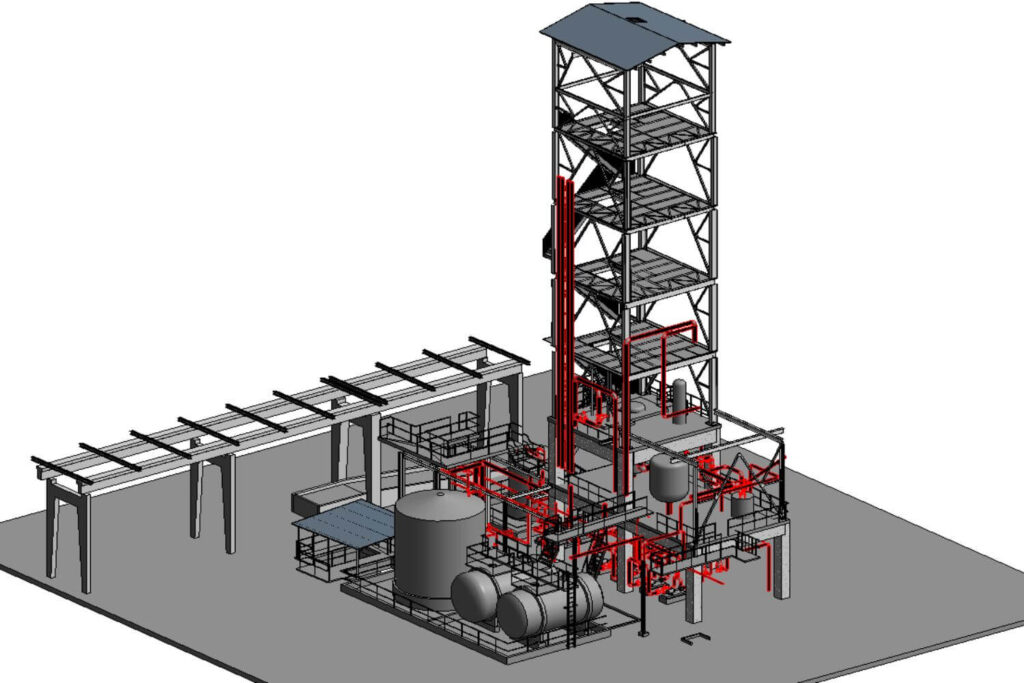Discover how BIM ISO 19650 transforms global BIM standards in the AEC industry, improving collaboration, efficiency, and project outcomes.

The Architecture, Engineering, and Construction (AEC) industry is undergoing a significant transformation as the adoption of Building Information Modeling (BIM) accelerates worldwide.
At the heart of this shift is ISO 19650, an international standard that is redefining how project information is managed across the entire asset lifecycle.
With more firms aligning their workflows with ISO 19650, the industry is witnessing improved collaboration, increased efficiency, and enhanced risk management.
Based on the UK’s PAS 1192 framework, the standard provides a structured approach to organizing and sharing digital construction data, fostering consistency across global projects.
Global Adoption of ISO 19650
ISO 19650 consists of several key components, including ISO 19650-1, which outlines concepts and principles, and ISO 19650-2, which focuses on project delivery.
Additional parts, such as ISO 19650-3 and ISO 19650-5, address asset management and security considerations. As governments and private sector stakeholders increasingly mandate compliance, the standard is becoming a cornerstone of digital construction practices worldwide.
Impact on AEC Workflows
1. Build Up Collaboration and Communication
The introduction of ISO 19650 formalizes data-sharing protocols, ensuring that all project stakeholders work within a Common Data Environment (CDE).
This approach minimizes data duplication and miscommunication, streamlining project coordination and decision-making.
2. Standardized Information Management
Previously, BIM workflows varied across organizations and regions, leading to inconsistencies and inefficiencies.
By providing a universal framework, ISO 19650 eliminates discrepancies in data structuring and classification, particularly benefiting firms managing multi-geography projects.
3. Increased Efficiency and Cost Savings
The structured workflows defined by ISO 19650 reduce redundant tasks and accelerate project timelines.
Research from the UK’s Centre for Digital Built Britain indicates that firms adopting the standard can achieve substantial cost savings through optimized coordination, reduced material waste, and minimized construction risks.
4. Improved Risk Management
A standardized approach to information validation ensures compliance with safety regulations and sustainability goals. By enforcing structured approval processes, ISO 19650 mitigates project disputes, regulatory risks, and costly rework.
5. Facilitating Digital Twins and Smart Cities
ISO 19650 is also playing a crucial role in the development of Digital Twins – virtual models of physical infrastructure used for predictive maintenance and long-term asset management.
As governments worldwide push for smarter urban development, compliance with the standard is becoming increasingly essential for infrastructure digitalization.
Challenges and the Road Ahead
Despite its advantages, the adoption of ISO 19650 comes with challenges. Many firms, particularly smaller ones, face hurdles in upskilling their workforce and integrating the standard into existing workflows.
However, as more regulatory bodies and large enterprises enforce compliance, ISO 19650 is expected to become the industry norm.
The AEC sector’s digital transformation is accelerating, and firms that embrace ISO 19650 today will be better positioned for future success.
As the global built environment shifts towards data-driven operations, adherence to international BIM standards will be critical in ensuring efficiency, sustainability, and competitiveness.
Related Posts
Our Recent Projects on BIM Services
Share Via

Devashish Sharma
Devashish is Founder/Director at Cresire where he leads BIM services. He holds a bachelor’s degree in Civil Engineering from the University of Sheffield and an MSc in Construction Project Management from The University of the West of England. His vision behind CRESIRE is to provide BIM services, adhering to best practices and procedures, to global customers, helping customers to save extensive production costs and overruns.











